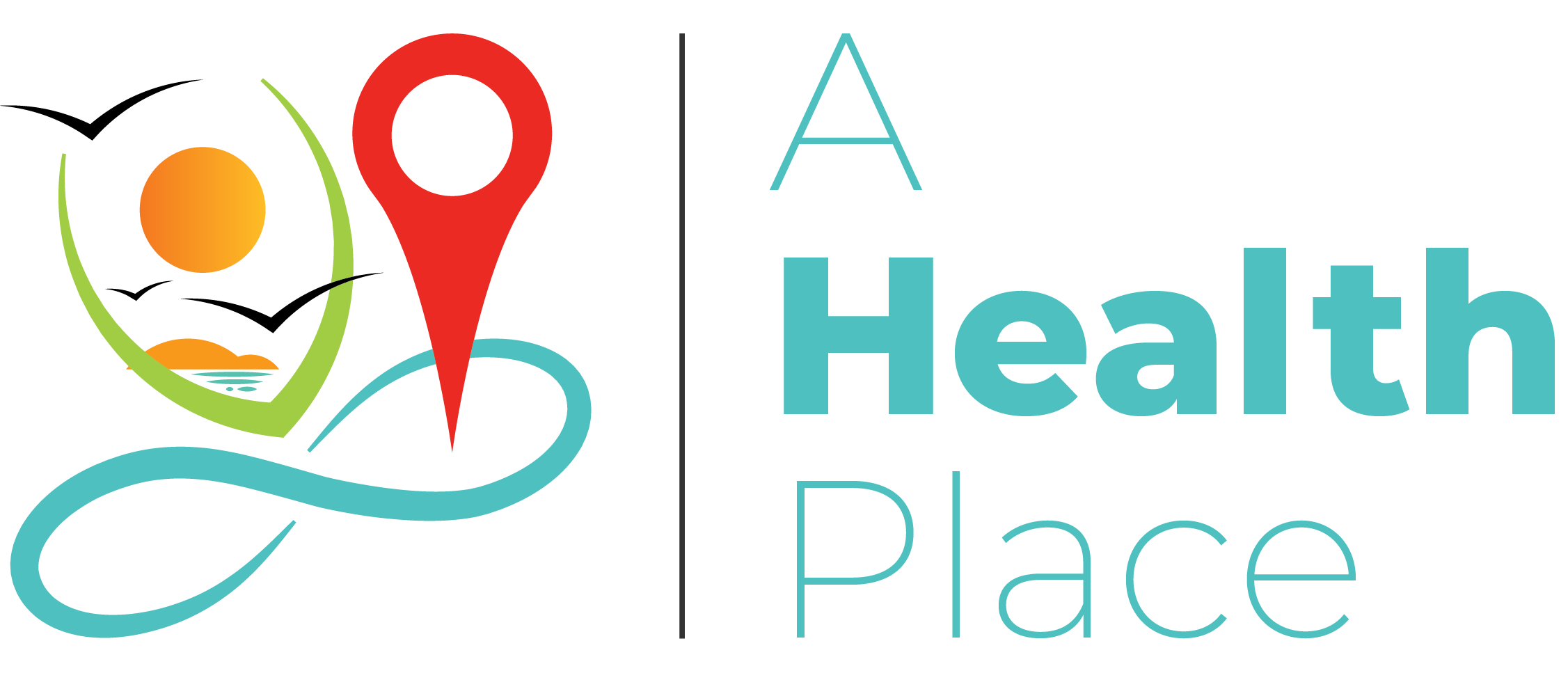Body Dysmorphic Disorder
Body Dysmorphic Disorder (BDD) is a mental health condition characterized by a preoccupation with perceived flaws or defects in one’s appearance. Individuals with BDD often experience intense distress and engage in excessive behaviors to try to fix or hide their perceived flaws. This disorder affects people of all ages, genders, and backgrounds, and it can significantly impact their quality of life and overall well-being. Through a comprehensive examination of Body Dysmorphic Disorder, we aim to foster understanding, provide valuable insights, and promote empathy for those affected by this condition.
Symptoms of Dysmorphic Disorder
Symptoms of Body Dysmorphic Disorder (BDD) can vary from person to person, but they generally revolve around a preoccupation with perceived flaws in one’s appearance. These perceived flaws may be minor or imagined, but they cause significant distress and interfere with daily functioning. Some common symptoms of BDD include:
- Obsessive Thoughts about Appearance: Individuals with BDD often have intrusive and repetitive thoughts about their perceived flaws. These thoughts can be distressing and may consume a significant amount of time and mental energy.
- Excessive Self-Consciousness: People with BDD are excessively self-conscious about their appearance and may go to great lengths to hide or camouflage their perceived flaws. They may avoid social situations or activities that draw attention to their appearance.
- Constant Checking or Seeking Reassurance: Individuals with BDD may engage in repetitive behaviors such as checking mirrors, seeking reassurance from others, or comparing themselves to others to alleviate their anxiety about their appearance. However, these behaviors provide only temporary relief and can perpetuate the preoccupation.
- Appearance-related compulsions: Some individuals with BDD engage in repetitive behaviors or rituals to try to improve their appearance or alleviate their distress. These behaviors can include excessive grooming, skin picking, or seeking multiple cosmetic procedures.
- Negative Body Image: People with BDD have a distorted perception of their own appearance. They may believe that their perceived flaws make them ugly, deformed, or unattractive, despite objective evidence to the contrary.
- Emotional Distress and Impaired Functioning: BDD can cause significant emotional distress, including feelings of shame, embarrassment, and depression. It can also lead to impaired social, occupational, and academic functioning, as individuals may withdraw from social interactions or struggle with concentration and productivity.
Causes and Risk Factors of Body Dysmorphic Disorder
The causes of Body Dysmorphic Disorder (BDD) are not fully understood, but a combination of genetic, neurobiological, psychological, and environmental factors may contribute to its development. Some potential causes and risk factors associated with BDD include:
- Genetic Factors: There is evidence to suggest that BDD may have a genetic component. People with a family history of BDD or other psychiatric disorders may be at a higher risk of developing the condition.
- Neurobiological Factors: Neurochemical imbalances and alterations in brain structure and function have been observed in individuals with BDD. These neurobiological factors may contribute to the distorted perception of one’s appearance and the preoccupation with perceived flaws.
- Psychological Factors: Certain psychological factors can play a role in the development of BDD. These may include low self-esteem, perfectionism, body image dissatisfaction, and a history of trauma or abuse. Individuals with BDD often have high levels of anxiety and tend to be overly critical of their appearance.
- Sociocultural Influences: Sociocultural factors, such as societal beauty standards and media portrayals of idealized bodies, can contribute to body dissatisfaction and increase the risk of developing BDD. Constant exposure to unrealistic beauty standards may fuel feelings of inadequacy and a desire to attain an unattainable level of perfection.
- Childhood Experiences: Negative childhood experiences, such as bullying, teasing, or criticism about one’s appearance, may contribute to the development of BDD. These experiences can shape one’s body image and contribute to the development of distorted beliefs about one’s appearance.
- Perfectionism and Cognitive Biases: Individuals with BDD often exhibit perfectionistic tendencies and cognitive biases. They may have an excessive need for control, seek validation from others, and engage in black-and-white thinking. Cognitive biases, such as selective attention to perceived flaws and an overemphasis on appearance-related information, can reinforce the distorted perception of one’s appearance.
Treatment of Body Dysmorphic Disorder
The treatment of Body Dysmorphic Disorder (BDD) typically involves a combination of psychotherapy, medication, and support from a multidisciplinary team of healthcare professionals. The primary goal of treatment is to reduce the preoccupation with perceived flaws, improve body image, and enhance overall quality of life. Here are some common treatment approaches for BDD:
- Cognitive-Behavioral Therapy (CBT): CBT is considered the most effective form of psychotherapy for BDD. It focuses on identifying and challenging the distorted thoughts and beliefs related to one’s appearance. Through cognitive restructuring, individuals learn to replace negative and unrealistic thoughts with more balanced and positive ones. CBT also incorporates exposure and response prevention techniques, which involve gradually confronting feared situations and reducing avoidance behaviors related to appearance concerns.
- Medication: Certain medications, such as selective serotonin reuptake inhibitors (SSRIs), may be prescribed to help manage the symptoms of BDD. SSRIs can help reduce obsessive-compulsive symptoms, anxiety, and depression associated with the disorder. However, medication alone is usually not sufficient and is typically used in conjunction with psychotherapy.
- Supportive Therapy: Supportive therapy involves providing emotional support, empathy, and validation to individuals with BDD. It helps create a safe and non-judgmental space for individuals to express their concerns and feelings. Supportive therapy can be beneficial as a complementary approach to other treatment modalities.
- Group Therapy: Group therapy can be a valuable addition to individual therapy for individuals with BDD. Participating in a support group or therapy group allows individuals to share their experiences, gain insight from others, and develop a sense of belonging. Group therapy provides a supportive environment where individuals can learn from each other and receive encouragement and validation.
- Family Involvement: In some cases, involving family members or close loved ones in the treatment process can be helpful. Family therapy can provide education about BDD, enhance communication within the family, and promote understanding and support for the individual with BDD.
- Self-Help Strategies: Individuals with BDD can benefit from learning and practicing self-help strategies, such as relaxation techniques, stress management, and self-care activities. Engaging in activities that promote self-acceptance, self-esteem, and self-care can contribute to overall well-being and reduce the focus on appearance-related concerns.
Conclusion
Body Dysmorphic Disorder (BDD) is a complex mental health condition characterized by a preoccupation with perceived flaws in one’s appearance. It can significantly impact an individual’s quality of life, causing distress, anxiety, and functional impairment. However, effective treatments are available to help individuals with BDD manage their symptoms and improve their overall well-being. Increasing awareness and understanding of BDD is crucial in reducing stigma and ensuring that individuals with the disorder receive the support and care they need. By providing comprehensive treatment options and fostering a compassionate and supportive environment, we can help individuals with BDD navigate their challenges and enhance their overall quality of life.
References - https://www.mayoclinic.org/diseases-conditions/body-dysmorphic-disorder/symptoms-causes/syc-20353938 - https://www.nhs.uk/mental-health/conditions/body-dysmorphia/










Discussion about this post